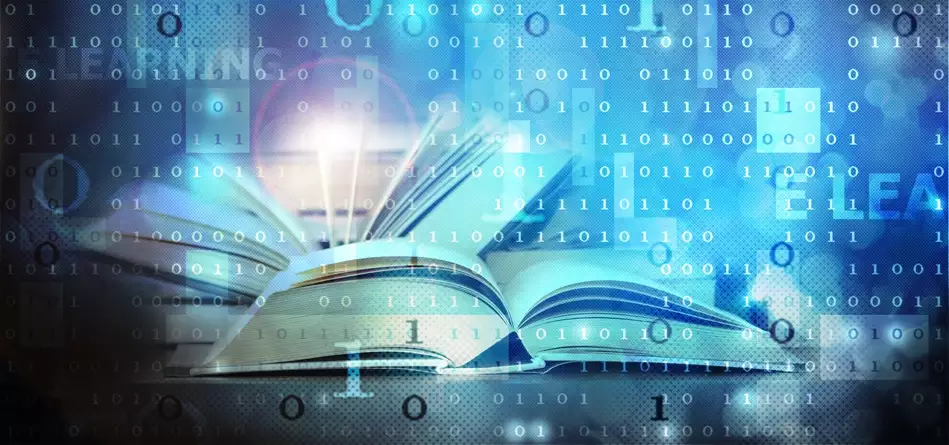The future of learning is rapidly changing, and technology is playing a major role in this transformation. In the past, learning was largely confined to the classroom, but with the advent of new technologies, students now have access to a wealth of information and learning experiences at their fingertips. This has led to a shift from traditional, teacher-centered learning to more learner-centered approaches that emphasize active engagement and collaboration.
One of the most significant ways that technology is changing education is by making it more personalized. In the past, students were often taught in large groups, which made it difficult for teachers to tailor instruction to individual needs. With the help of technology, however, teachers can now create personalized learning plans for each student, based on their individual strengths, weaknesses, and interests. This type of personalized learning can help students learn more effectively and efficiently, and it can also help them develop a greater sense of ownership over their own learning.
Another way that technology is changing education is by making it more collaborative. In the past, students typically learned in isolation, but with the help of technology, they can now collaborate with other students from all over the world. This type of collaboration can help students learn from each other, share ideas, and build relationships. It can also help them develop the skills they need to succeed in the 21st century workplace, which is increasingly collaborative and global.
In addition to making learning more personalized and collaborative, technology is also making learning more engaging and immersive. In the past, learning was often limited to textbooks and lectures, but with the help of technology, students can now experience learning through a variety of media, such as simulations, games, and virtual reality. This type of engaging and immersive learning can help students learn more effectively and retain information for longer periods of time.
Overall, technology is having a profound impact on education. It is making learning more personalized, collaborative, engaging, and immersive. As technology continues to evolve, it is likely that the future of learning will become even more personalized, collaborative, and engaging.
Here are some specific examples of how technology is being used to change education:
- Virtual reality (VR) is being used to create immersive learning experiences that allow students to explore different places and scenarios. For example, students can use VR to visit historical sites, learn about different cultures, or conduct scientific experiments.
- Augmented reality (AR) is being used to overlay digital information onto the real world. For example, students can use AR to learn about plant biology by viewing 3D models of plants, or they can use AR to practice math problems by seeing them in real-world environments.
- Artificial intelligence (AI) is being used to personalize learning experiences and provide students with individualized feedback. For example, AI can be used to track student progress, identify areas where students need help, and provide personalized learning recommendations.
- Big data is being used to collect and analyze data about student learning. This data can be used to identify trends, identify areas where students are struggling, and develop new and innovative learning solutions.
These are just a few examples of how technology is being used to change education. As technology continues to evolve, it is likely that the future of learning will become even more personalized, collaborative, and engaging.









Be the first to write a comment.